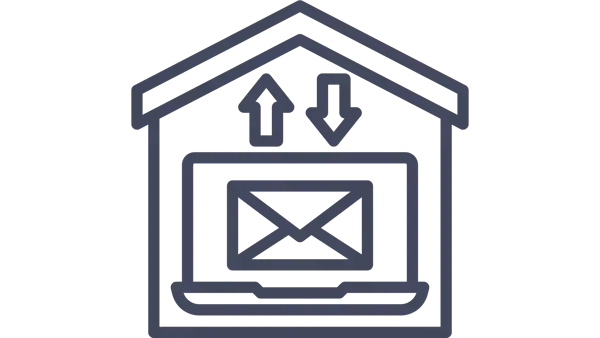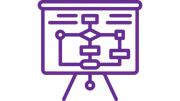
What is e-procurement?
E-procurement refers to the use of digital technologies to streamline the exchange of business documents, such as purchase orders, invoices, and payments. It encompasses a wide range of systems and standards that help companies work more efficiently, reduce costs, and ensure compliance. By leveraging networks such as Peppol, businesses and governments worldwide can exchange these documents securely and in a standardised manner. With the introduction of legislation like ViDA (Value Added Tax in the Digital Age) in Europe, companies are required to exchange e-invoices. This accelerates the digitalisation of the sales process, improves transparency, and offers significant advantages in terms of administration and reporting. E-procurement thus not only enhances procurement processes but also helps automate and streamline sales and invoicing processes.







